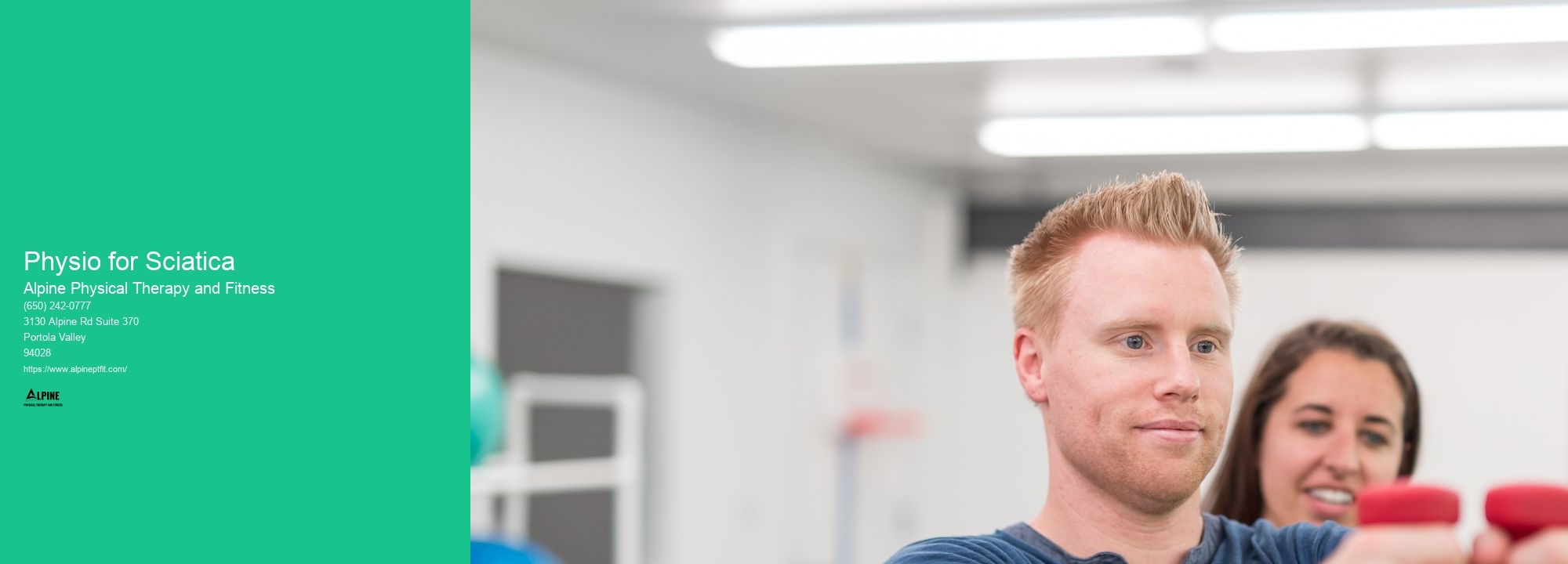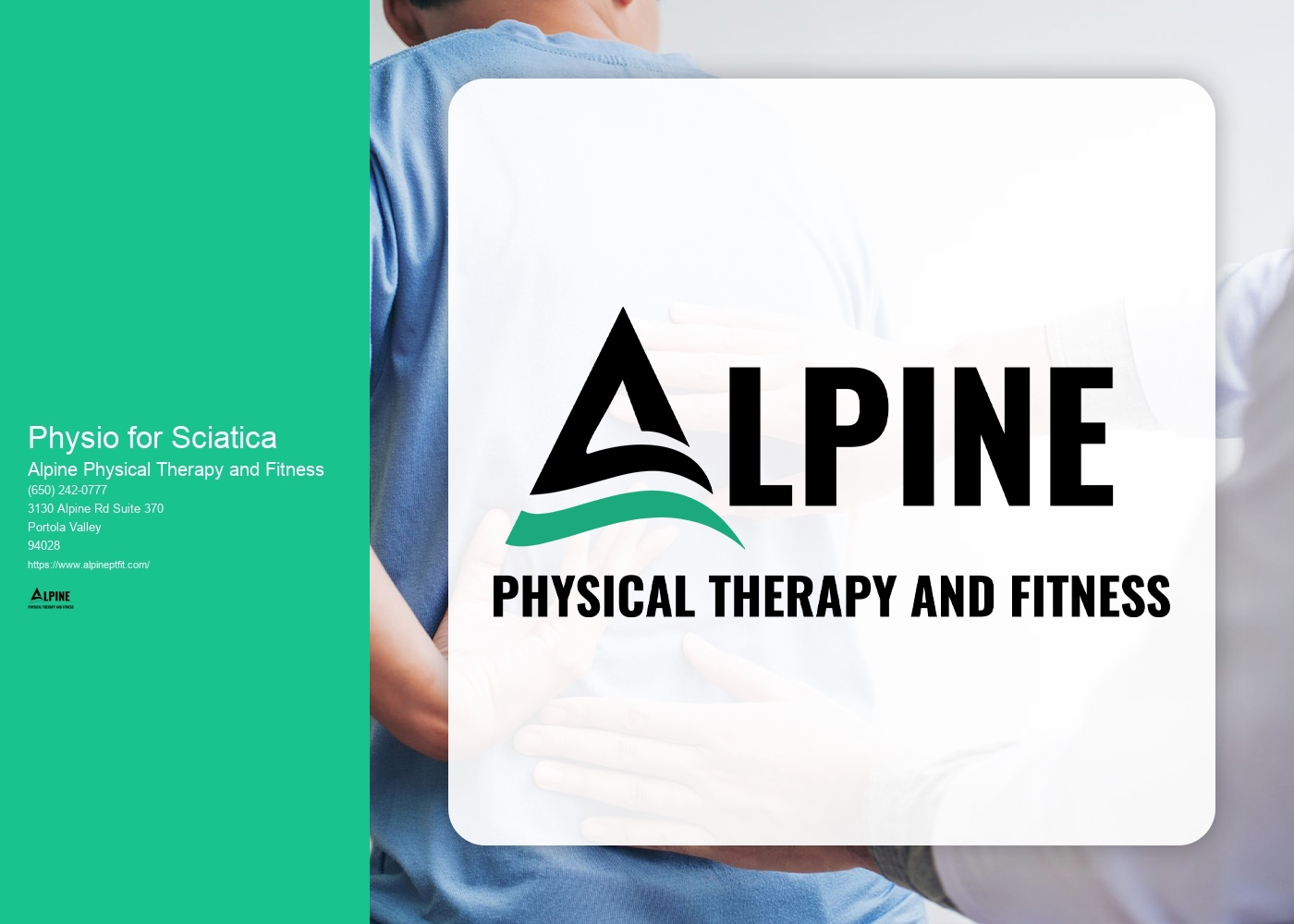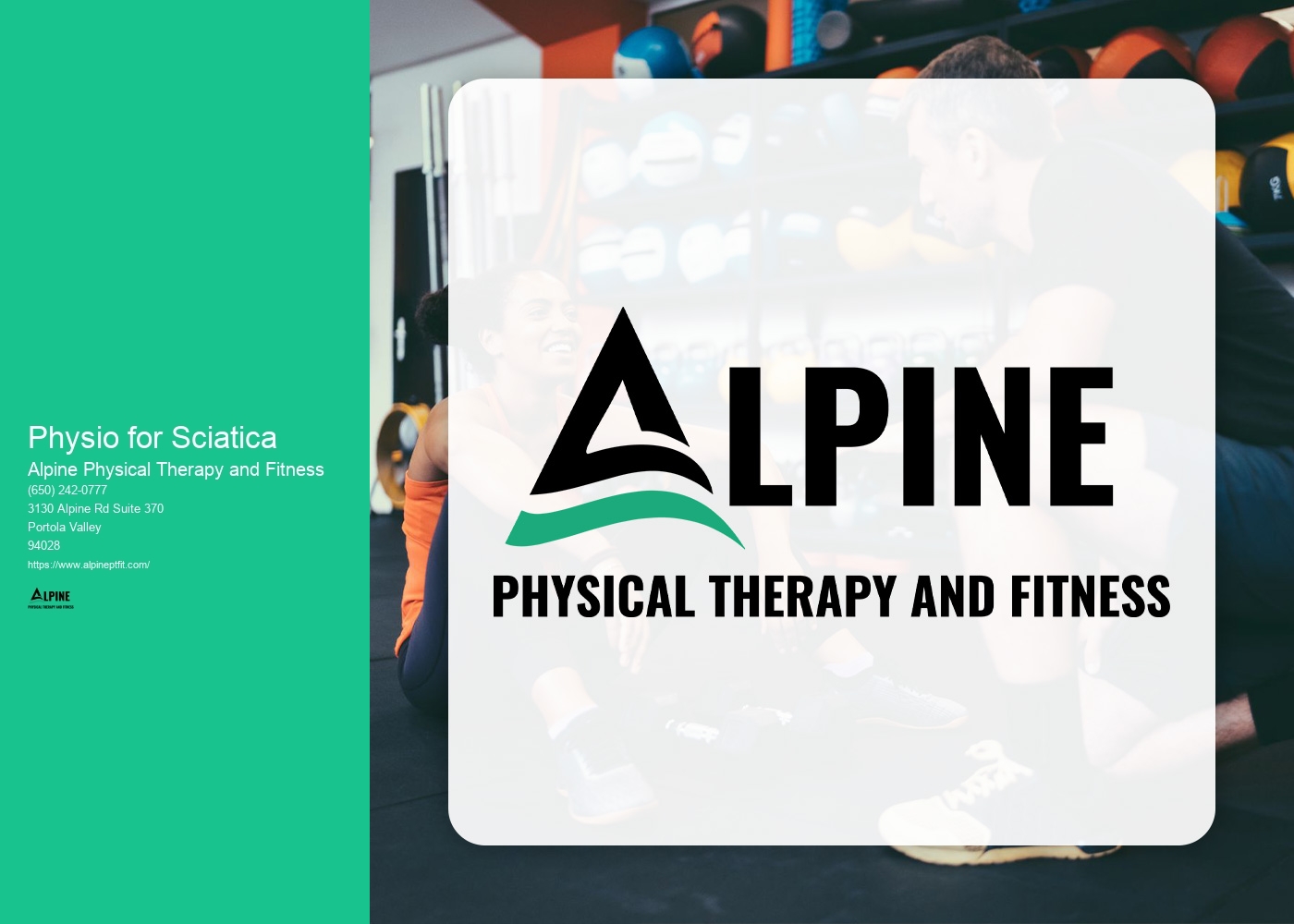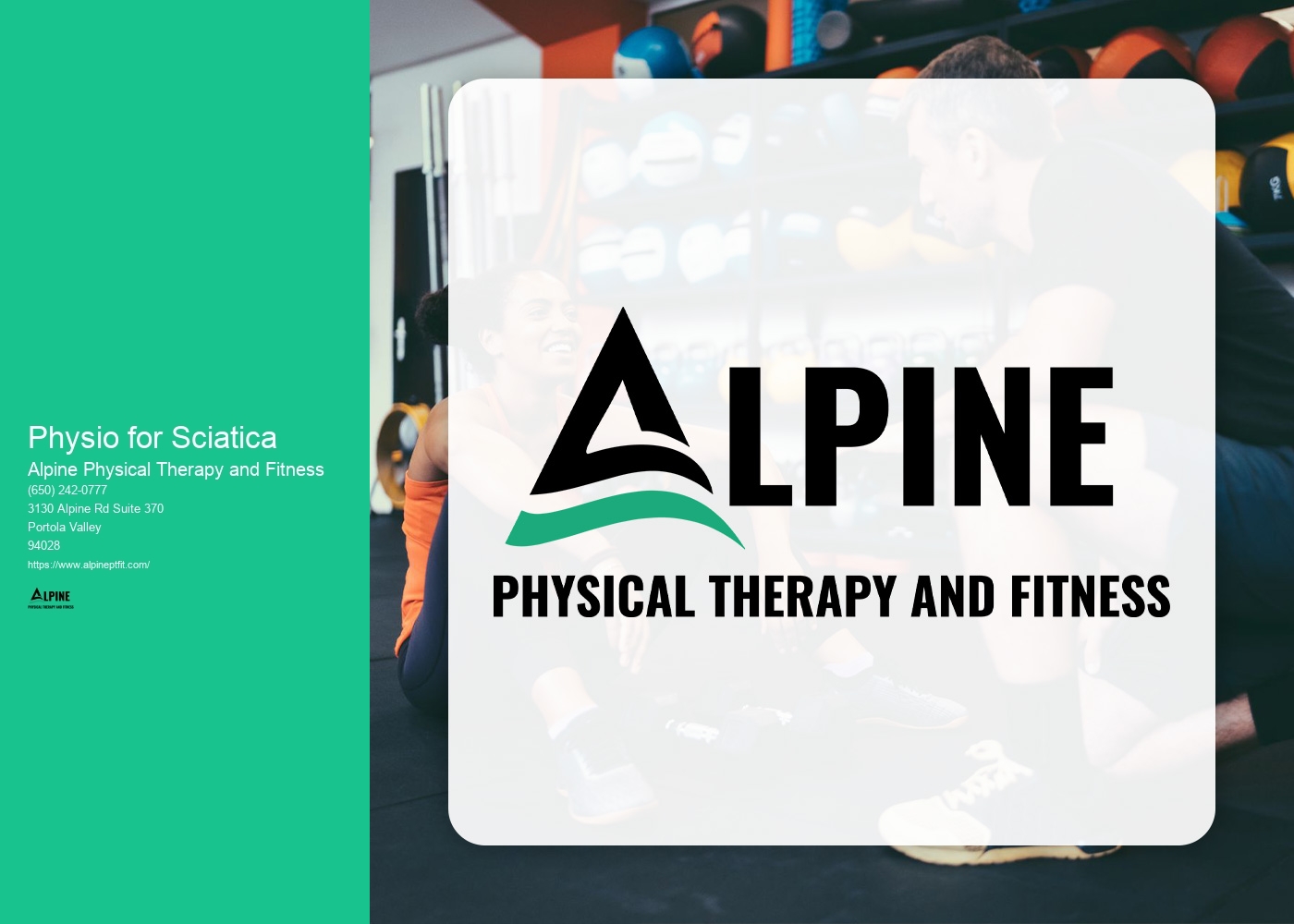

Sciatica is a condition characterized by pain that radiates along the sciatic nerve, which runs from the lower back down through the buttocks and into the legs. It is typically caused by compression or irritation of the sciatic nerve, often due to a herniated disc, spinal stenosis, or muscle imbalances. Other factors such as obesity, sedentary lifestyle, and poor posture can also contribute to the development of sciatica.
Physiotherapy can play a crucial role in the treatment of sciatica. A physiotherapist will assess the individual's condition and develop a personalized treatment plan. This may include a combination of manual therapy techniques, such as joint mobilization and soft tissue massage, to reduce pain and improve mobility. Additionally, physiotherapists may prescribe specific exercises to strengthen the core and back muscles, improve flexibility, and correct any postural imbalances. These exercises can help alleviate pressure on the sciatic nerve and promote healing.
There are several exercises that are commonly recommended for relieving sciatica pain. One such exercise is the prone press-up, where the individual lies on their stomach and pushes up with their hands, arching their back. This helps to extend the spine and relieve pressure on the sciatic nerve. Another exercise is the knee-to-chest stretch, where the individual lies on their back and pulls one knee towards their chest, holding for 30 seconds. This stretch helps to stretch the lower back and buttock muscles, providing relief from sciatica pain.

Yes, there are specific stretches that can help with sciatica. One effective stretch is the piriformis stretch, where the individual lies on their back with both knees bent. They then cross one leg over the other, placing the ankle on the opposite knee, and gently pulling the knee towards the opposite shoulder. This stretch targets the piriformis muscle, which can often contribute to sciatic nerve compression. Another stretch is the hamstring stretch, where the individual lies on their back and uses a towel or strap to gently pull one leg towards their chest, keeping the knee straight. This stretch helps to release tension in the hamstrings, which can alleviate sciatica symptoms.
Physiotherapy can indeed help prevent future episodes of sciatica. By addressing the underlying causes of sciatica, such as muscle imbalances and poor posture, physiotherapists can help individuals improve their overall spinal health and reduce the risk of recurrent episodes. Physiotherapists can provide education on proper body mechanics and ergonomics, as well as prescribe exercises and stretches that can be incorporated into a regular exercise routine to maintain strength and flexibility in the back and core muscles.

The length of time it takes to see improvement with physiotherapy for sciatica can vary depending on the severity of the condition and individual factors. In general, individuals may start to experience relief within a few weeks of starting physiotherapy. However, it is important to note that sciatica can be a complex condition, and it may take several months of consistent physiotherapy treatment to achieve significant improvement. It is crucial for individuals to follow their physiotherapist's recommendations and adhere to their prescribed exercise program for optimal results.
In addition to physiotherapy, there are lifestyle changes and modifications that can help manage sciatica symptoms. Maintaining a healthy weight can reduce the strain on the spine and decrease the risk of sciatic nerve compression. Engaging in regular exercise, such as walking or swimming, can help strengthen the back and core muscles, providing support to the spine. Practicing good posture and using ergonomic furniture and equipment can also help alleviate pressure on the sciatic nerve. Additionally, avoiding prolonged sitting or standing and taking regular breaks to stretch and move can help prevent exacerbation of sciatica symptoms. It is important for individuals to work closely with their physiotherapist to develop a comprehensive treatment plan that includes both in-clinic sessions and lifestyle modifications for optimal management of sciatica.

Physical therapy can be an effective treatment option for individuals suffering from adhesive capsulitis of the shoulder, also known as frozen shoulder. This condition is characterized by pain, stiffness, and limited range of motion in the shoulder joint. Physical therapy interventions such as joint mobilizations, stretching exercises, and strengthening exercises can help improve shoulder mobility, reduce pain, and restore function. Additionally, modalities like heat therapy, cold therapy, and electrical stimulation may be used to alleviate pain and promote healing. The physical therapist will develop a personalized treatment plan based on the individual's specific needs and goals, ensuring a comprehensive and targeted approach to managing adhesive capsulitis.
The Graston Technique is a specialized form of manual therapy that is commonly used in physical therapy to treat a variety of musculoskeletal conditions. This technique utilizes specially designed stainless steel instruments to effectively detect and treat soft tissue restrictions and adhesions. The Graston Technique can be applied to various areas of the body, including the neck, back, shoulders, hips, knees, and ankles. It is particularly effective in addressing conditions such as plantar fasciitis, carpal tunnel syndrome, tennis elbow, rotator cuff injuries, and Achilles tendonitis. By using the Graston Technique, physical therapists are able to effectively break down scar tissue, improve range of motion, reduce pain, and promote tissue healing.
Physical therapy plays a crucial role in managing spinal cord injuries by providing comprehensive rehabilitation and promoting functional recovery. The primary goal of physical therapy is to improve the patient's mobility, strength, and overall physical function. This is achieved through a variety of techniques, including therapeutic exercises, manual therapy, and assistive devices. Physical therapists also focus on addressing secondary complications that may arise from spinal cord injuries, such as muscle weakness, spasticity, and loss of balance. They work closely with the patient to develop personalized treatment plans that target specific impairments and help them regain independence in activities of daily living. Additionally, physical therapy plays a vital role in educating patients and their families about proper body mechanics, injury prevention, and adaptive strategies to enhance their quality of life. Overall, physical therapy is an essential component of the multidisciplinary approach to managing spinal cord injuries, aiming to optimize functional outcomes and promote long-term well-being.
Physical therapy can be a valuable treatment option for women experiencing painful sexual intercourse, also known as dyspareunia. By addressing the underlying causes of the pain, physical therapy aims to improve sexual function and overall quality of life. A skilled physical therapist can assess the pelvic floor muscles and identify any muscle imbalances, tension, or weakness that may be contributing to the pain. Treatment may involve a combination of manual therapy techniques, such as myofascial release and trigger point release, to release muscle tension and improve flexibility. Additionally, therapeutic exercises can be prescribed to strengthen and stabilize the pelvic floor muscles, promoting better control and coordination during sexual activity. Education on relaxation techniques, breathing exercises, and proper body mechanics may also be provided to help women manage pain and optimize sexual function. Overall, physical therapy offers a holistic approach to addressing dyspareunia, focusing on the physical and emotional well-being of women.